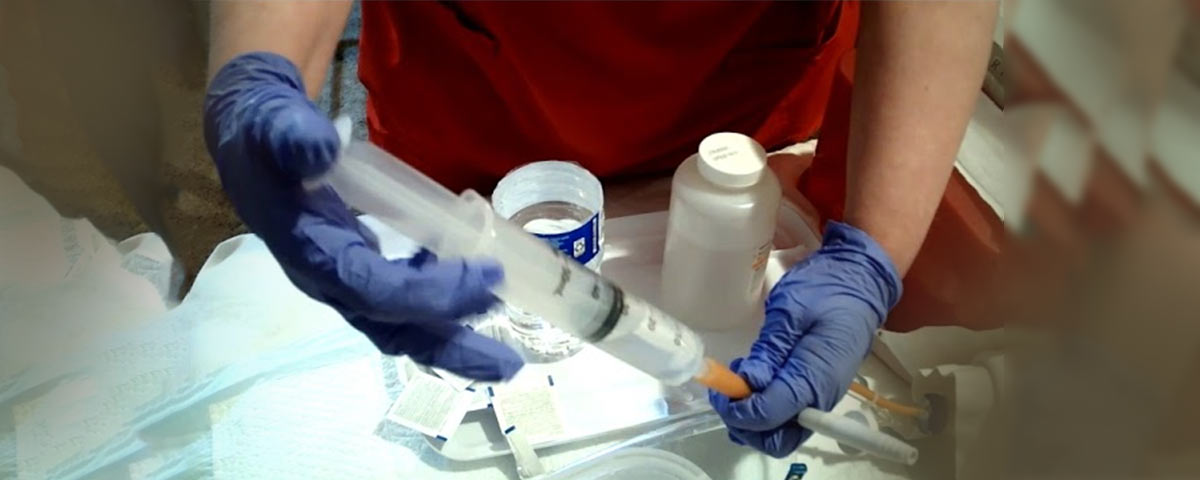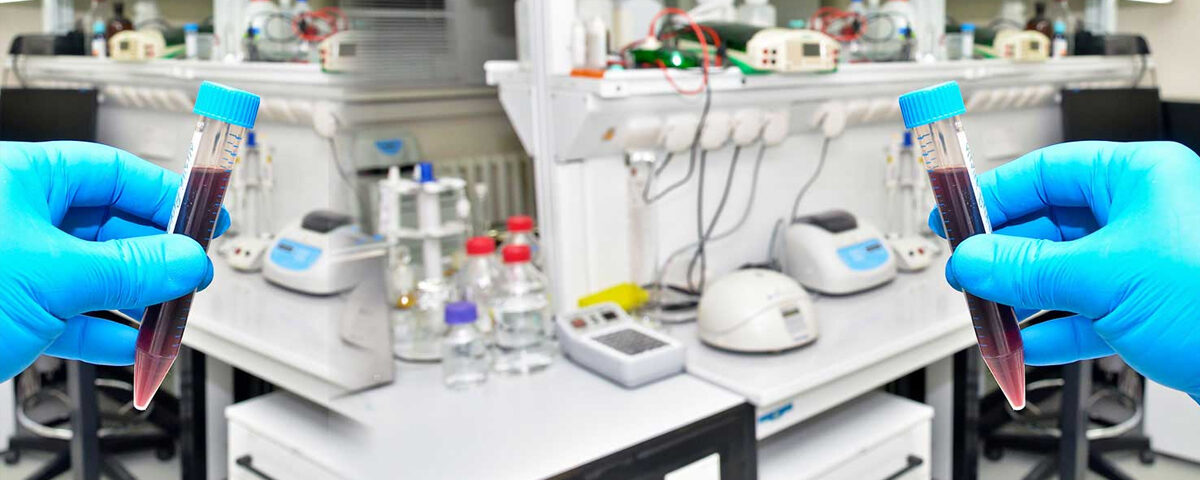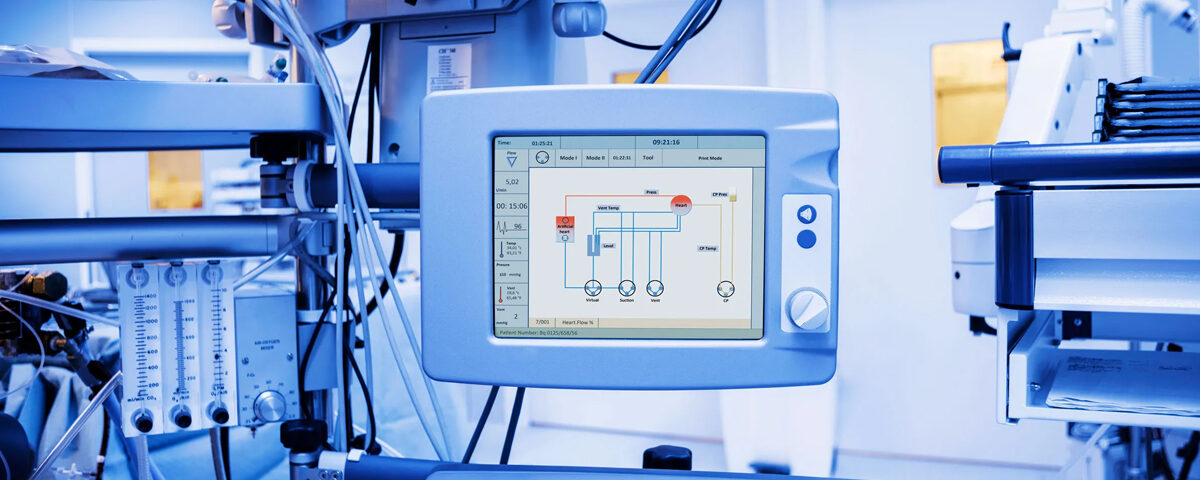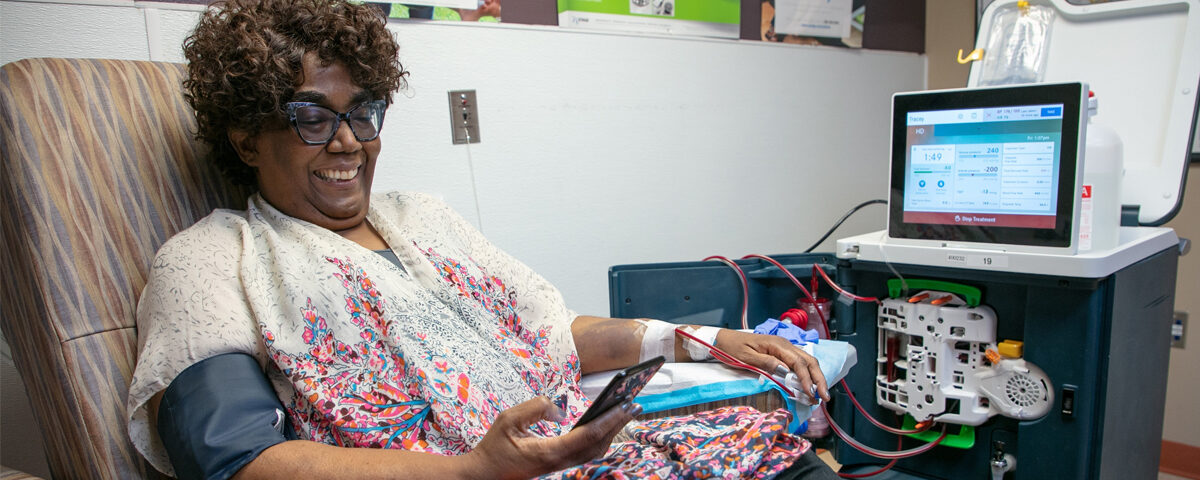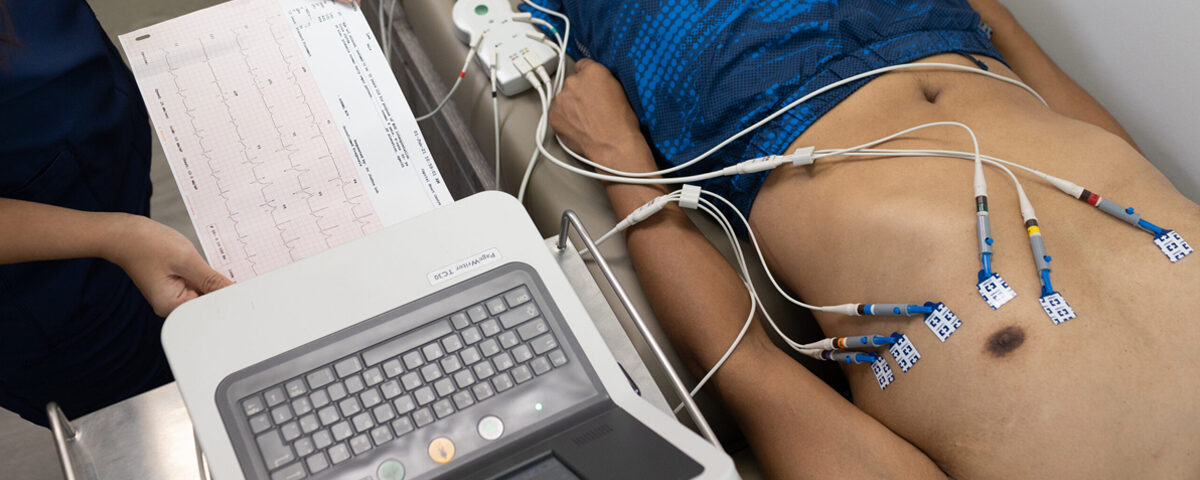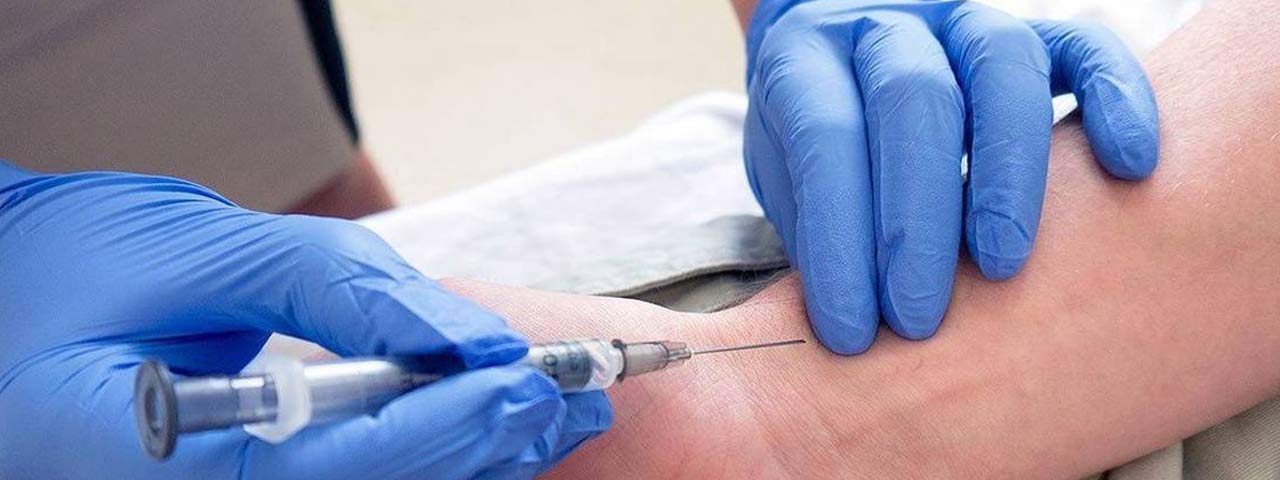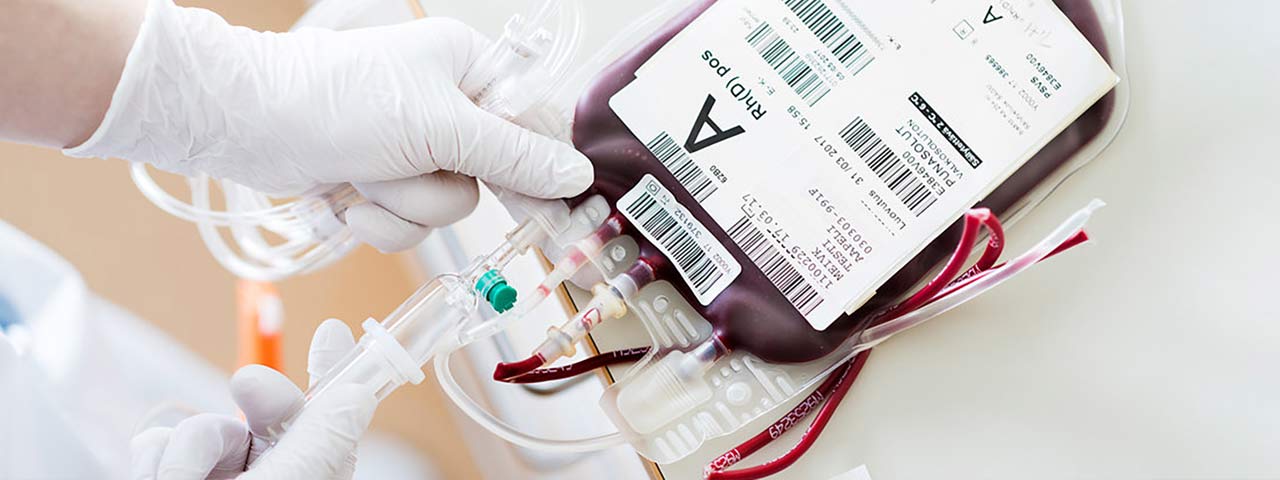Ambulance Service provides rapid transportation and medical care for patients in emergencies or when specialized medical transport is needed. Ambulances are equipped with medical supplies, staffed by trained professionals, and designed to stabilize and transport patients safely.
Types of Ambulance Services:
- Emergency Ambulance (ALS/BLS):
- Advanced Life Support (ALS):
- Staffed by paramedics with advanced training.
- Equipped with life-saving equipment like defibrillators, ventilators, and cardiac monitors.
- Basic Life Support (BLS):
- Staffed by emergency medical technicians (EMTs).
- Provides essential care like oxygen, splinting, and wound management.
- Non-Emergency Medical Transport (NEMT):
- For patients who require transportation to medical appointments, dialysis, or hospital discharges but do not need urgent medical attention.
- Mortuary Ambulance:
- Used for the respectful transportation of deceased individuals.
Key Components of Ambulance Services:
- Medical Equipment:
- Monitoring Devices: ECG monitors, pulse oximeters, and blood pressure monitors.
- Resuscitation Equipment: Defibrillators, bag-valve masks, and suction machines.
- Medications: Pain relief, sedatives, and emergency drugs like adrenaline and nitroglycerin.
- Basic Supplies: Oxygen cylinders, stretchers, splints, and first-aid kits.
- Staffing:
- Paramedics: Skilled in advanced pre-hospital care like intubation and IV therapy.
- EMTs: Provide basic medical assistance and transport services.
- Drivers: Trained in safe and efficient navigation under emergency conditions.
- Emergency Response: Rapid intervention for heart attacks, strokes, accidents, or trauma.
- Inter-hospital transfers: Moving patients between facilities for specialized care.
- Event Coverage: On-site medical support during sports events, concerts, or large gatherings.
- Disaster Response: Coordination during mass casualty incidents or natural disasters.
Benefits of a Well-Organized Ambulance Service:
- Rapid Response: Reducing time to care in emergencies.
- Advanced Pre-Hospital Care: Stabilizing patients before reaching a hospital.
- Improved Outcomes: Enhanced chances of survival and recovery.
- Accessibility: Bridging healthcare gaps in remote or underserved areas.
Setting Up an Ambulance Service:
- Assess Community Needs:
- Determine the population size, geographic challenges, and common medical emergencies.
- Procure Vehicles and Equipment:
- Choose vehicles and customize them to meet ALS/BLS standards.
- Recruit and Train Staff:
- Ensure personnel are certified and trained in emergency care protocols.
- Establish Communication Networks:
- Create efficient dispatch systems for coordinating services.
- Comply with Regulations:
- Meet licensing, safety, and operational standards set by health authorities.
Would you like details on setting up an ambulance service, cost estimates, or training programs for EMTs and paramedics?










